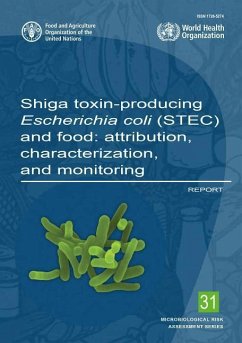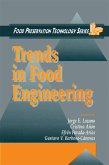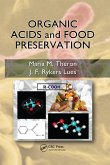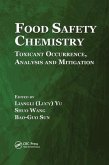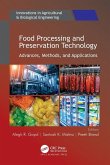This report proposes a set of criteria for categorizing the potential risk of severity of illness associated with Shiga toxin-producing Escherichia coli (STEC) in food. STEC infections are a substantial health issue worldwide. Targeting interventions appropriately relies on identifying those strains of greatest risk to human health and determining the types of foods that cause such infections. While ruminants and other land animals are considered to be the main reservoirs for STEC, various large-scale outbreaks have been linked to other foods. The report therefore seeks to inform the development of international standards by the Codex Alimentarius on the control of STEC, and in particular identify the foods that should be the focus of those standards. It also provides a review of monitoring programmes and methodology which can serve as a reference for countries planning to develop such programmes.
Hinweis: Dieser Artikel kann nur an eine deutsche Lieferadresse ausgeliefert werden.
Hinweis: Dieser Artikel kann nur an eine deutsche Lieferadresse ausgeliefert werden.

